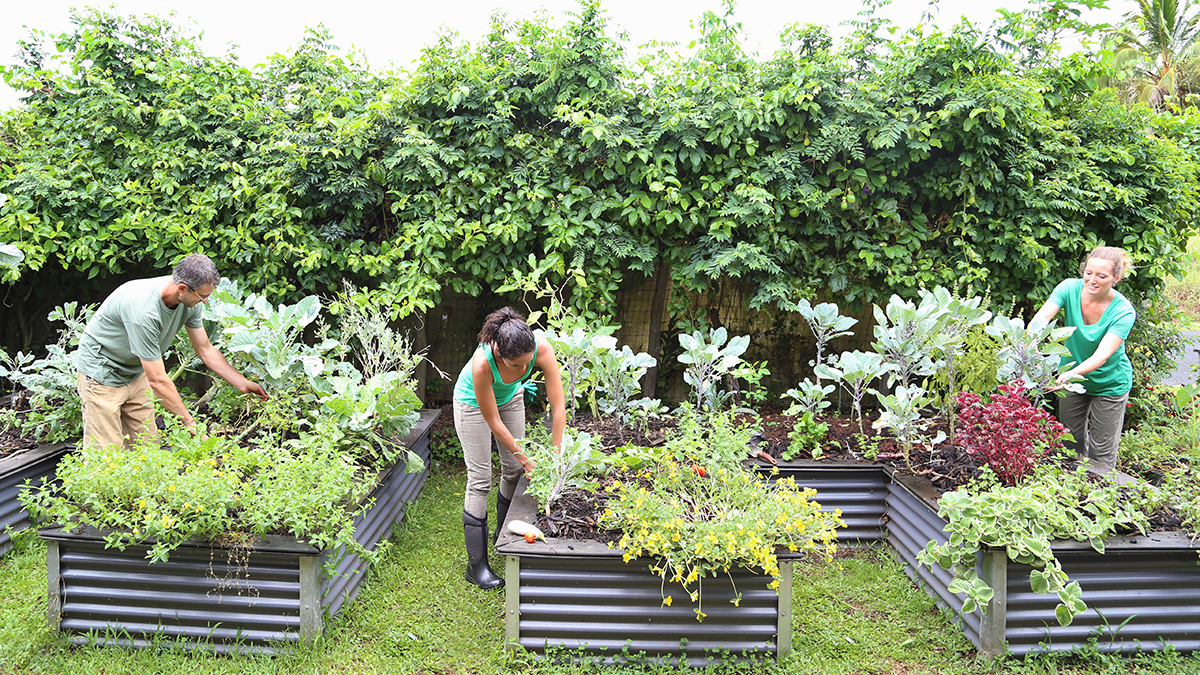Community gardens are more than just places to grow food—they are vibrant spaces that bring people together, fostering connection, learning, and shared purpose. Whether you’re gardening with family, friends, or neighbors, working together can make the experience more enjoyable and less daunting. Tasks like digging, weeding, and planting become less overwhelming when you have others by your side, and the atmosphere is often filled with laughter and collaboration.
Over the past decade, the popularity of community gardens has surged. This growth can be attributed to various factors, such as the increasing number of people living without access to private gardens, a desire for affordable food, and a reaction to the overwhelming digital world. No matter the reason, the rise of community gardens is undoubtedly a positive trend.
The Benefits of Community Gardens
The benefits of spending time outdoors and engaging with nature are well-documented. Physical activity, fresh air, and sunshine contribute to improved mental and physical health. Gardening provides access to fresh, chemical-free produce, which can help save money while promoting a healthier lifestyle. Additionally, gardening fosters ecological awareness and provides a powerful teaching moment for children, helping them understand where their food comes from and why sustainability matters.
Perhaps most importantly, community gardens create social cohesion. By working together on a shared goal, participants develop a sense of belonging and camaraderie. These spaces attract people from all walks of life, uniting them with a common purpose. The inclusive nature of gardening means there’s a role for everyone, no matter their skill level. From planting to harvesting, there’s something for every gardener, making these spaces welcoming and approachable.

How to Start a Community Garden
Starting a community garden begins with an idea. Whether your goal is to promote healthy living, restore a sense of community, or simply brighten your neighborhood, the first step is gauging interest. Reach out to potential participants through word of mouth, social media, or public meetings to generate excitement and support.
Once you have a group of interested individuals, the next task is securing land. Whether public or privately owned, you will need to approach the landowner and demonstrate how the garden will benefit the space without causing inconvenience or additional costs. Ensure that the site has basic amenities, such as water access, and is easy for volunteers to access.
From the outset, establish clear ground rules to avoid potential conflicts. These rules should outline expectations and responsibilities, ensuring that everyone is on the same page. Consider the overall vision for the garden—whether it will serve solely as a space for growing food or also as an educational resource or community hub. Broadening the scope of the project can attract external funding and grants, helping to get your garden off the ground.

Growing Your Community Garden
One of the biggest challenges—and rewards—of running a community garden is managing people. Successful community gardens require committed volunteers to share the workload and keep the garden thriving. To engage and recruit new participants, consider hosting events like “apple days” or gardening workshops. These events showcase the benefits of the garden and help build enthusiasm among the wider community.
The most impactful community gardens are those that are highly visible and accessible. Gardens situated near public spaces—such as parks, train stations, or along busy streets—encourage passersby to get involved and take part in the gardening process. Additionally, regular volunteer days and opportunities for community involvement foster a sense of ownership and pride in the space.
The People Element
Ultimately, it is the people who make community gardens unique. Regardless of background, everyone who tends to the garden shares in the joy of nurturing plants and working towards a common goal. This sense of unity—of being part of something bigger than oneself—is at the heart of what community is all about. Through cooperation, shared experiences, and a mutual love for gardening, community gardens create lasting bonds and strengthen neighborhoods.
Starting a community garden may take effort and planning, but the rewards—healthier food, stronger connections, and a more sustainable environment—are well worth it. So, gather your neighbors, plant the seeds of community, and watch your garden (and relationships) grow!
